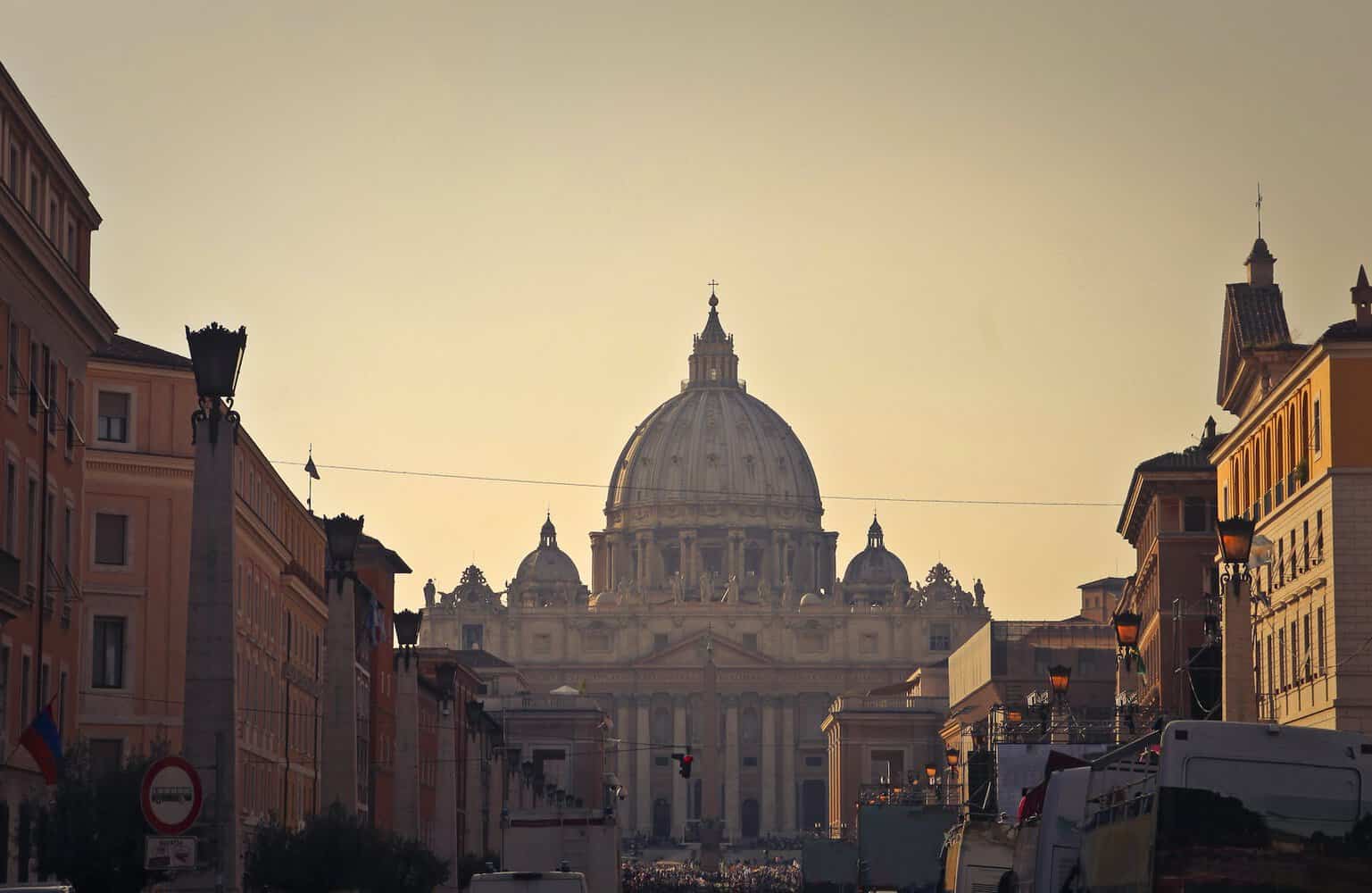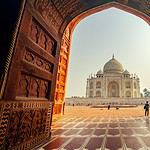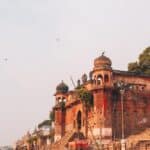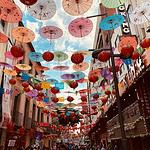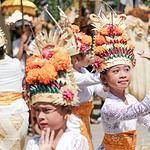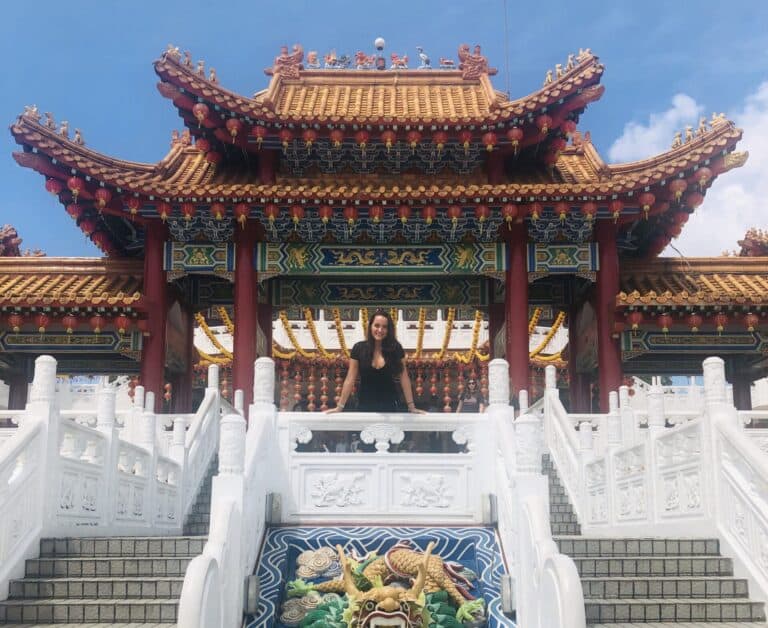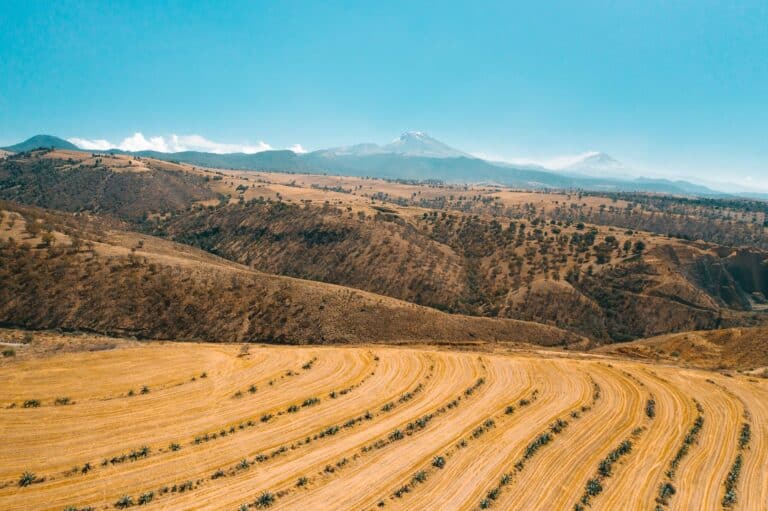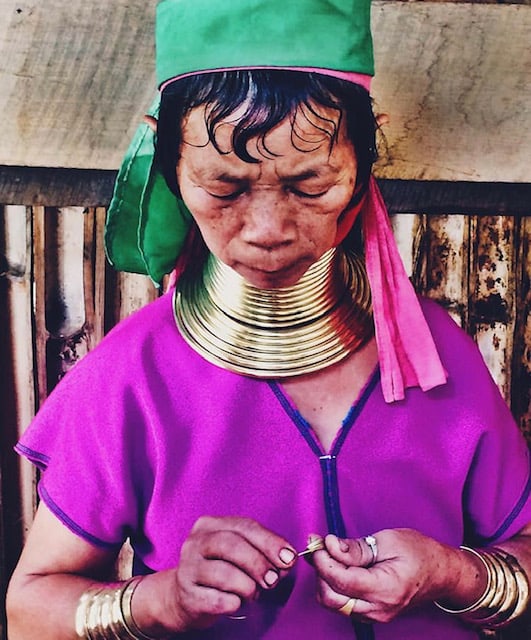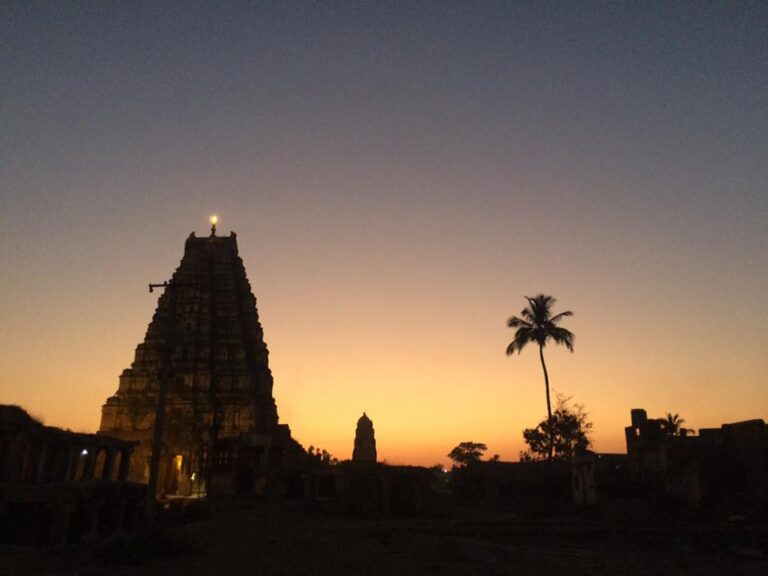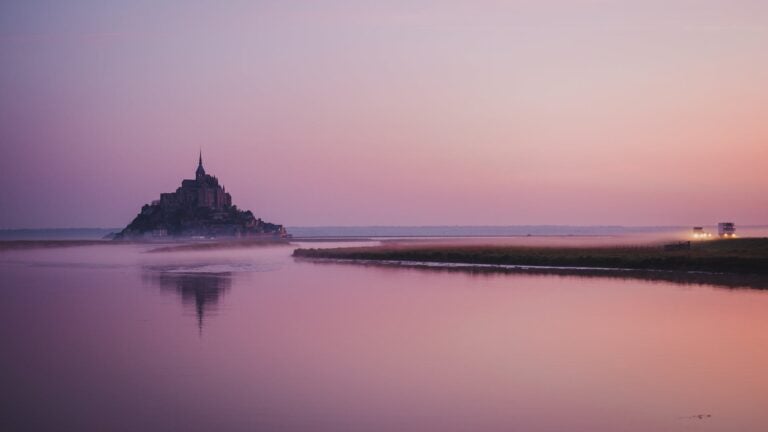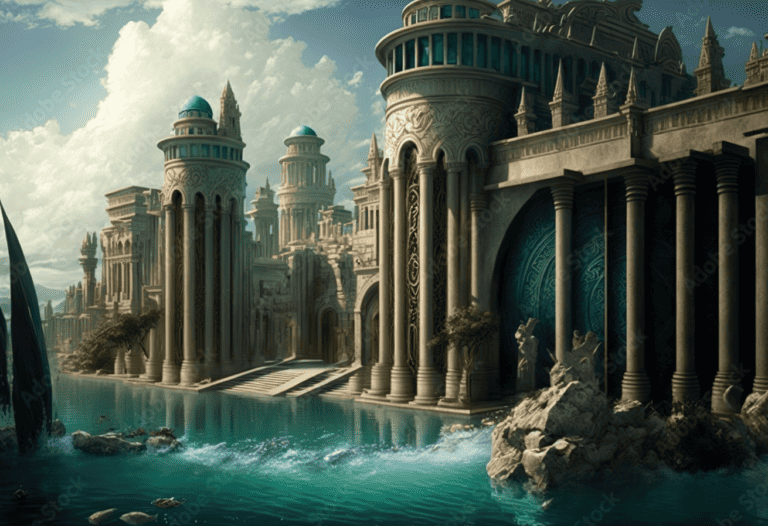The Vatican City Pilgrimage: Its History, Most Famous Routes & Advice.
In the heart of Rome, nestled within the world’s smallest independent state, lies a destination that draws millions of faithful pilgrims and curious travellers alike—the Vatican City. This sacred enclave holds centuries of history, art, and religious significance, making it a focal point for those seeking a profound spiritual experience.
In this blog post, we’ll embark on a virtual journey to discover the essence of the Vatican City pilgrimage, tracing its roots back through time, understanding its significance, and uncovering how you can embark on this extraordinary expedition.
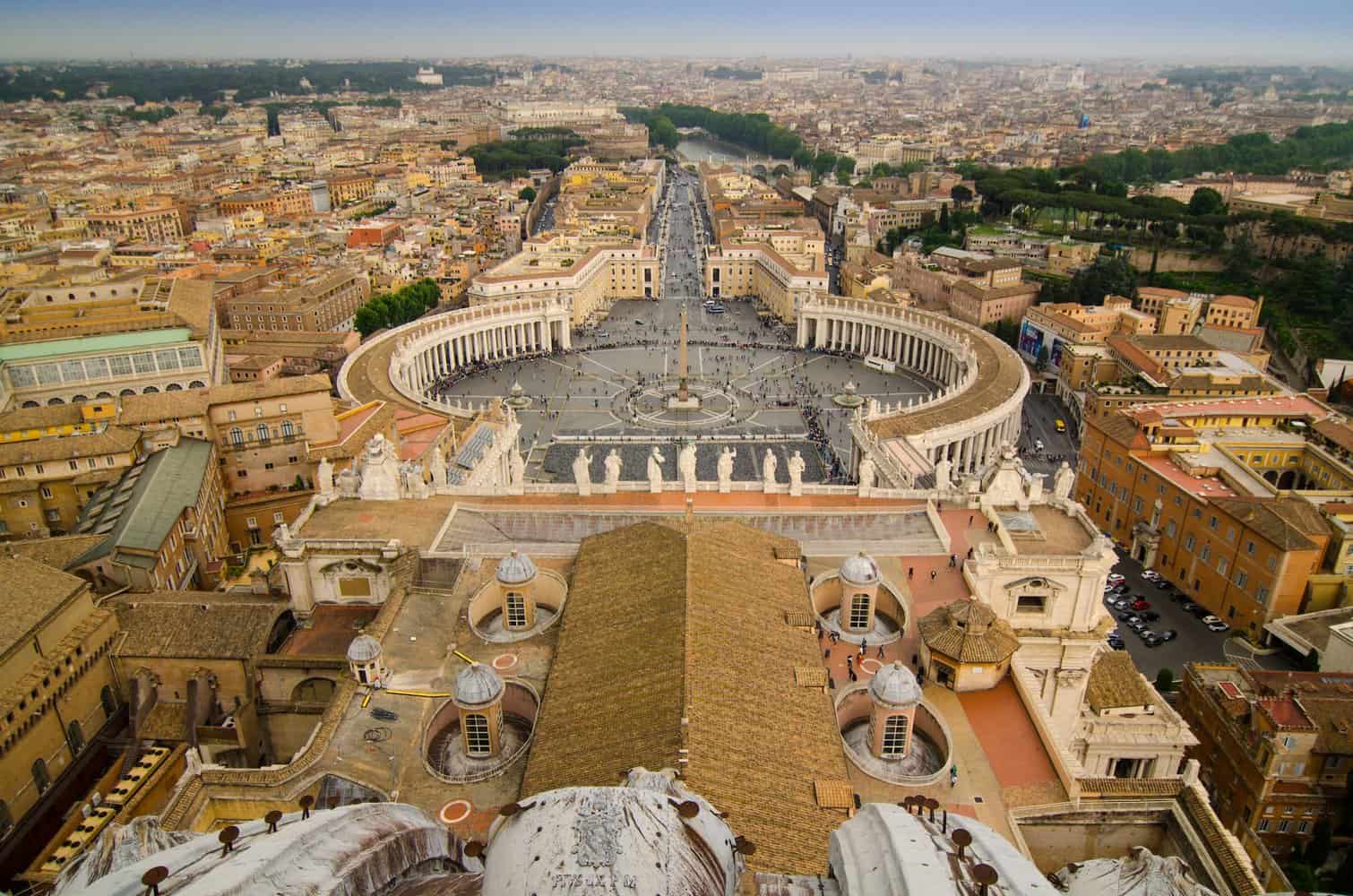
Table of Contents
Origins of the Vatican City Pilgrimage
The tradition of pilgrimage to the Vatican City dates back to the early days of Christianity. Pilgrims from all corners of the world have journeyed to this holy site to connect with their faith, venerate saints, and seek blessings from the highest spiritual authority—the Pope. From the time of the early Christian martyrs to the present day, the Vatican has stood as a beacon of religious devotion, drawing believers to its hallowed grounds.
Why Is The Vatican City a Pilgrimage Destination?
The Vatican City is a pilgrimage site of immense significance due to its historical, religious, and cultural importance within the Catholic faith. Here are some key reasons why the Vatican City has become a renowned pilgrimage destination:
- Spiritual Center of Catholicism: The Vatican City serves as the spiritual epicentre of the Roman Catholic Church. It is here that the Pope, who is considered the spiritual leader of Catholics worldwide, resides. As the Bishop of Rome and the head of the Catholic Church, the Pope’s influence extends far beyond the city’s borders, making the Vatican a pilgrimage destination for Catholics seeking to connect with their spiritual leader and the heart of their faith.
- St. Peter’s Basilica: The Vatican’s St. Peter’s Basilica is one of the most iconic and revered religious structures in the world. It is built over the tomb of St. Peter, one of Jesus’ apostles and a foundational figure in Christianity.
- Religious Art and Artifacts: The Vatican Museums house an unparalleled collection of religious art and artefacts, including works by some of history’s most renowned artists. From Michelangelo’s Sistine Chapel ceiling to Raphael’s frescoes and countless other masterpieces, these artworks offer pilgrims a visual and spiritual journey through centuries of artistic devotion to the divine.
- Papal Events and Blessings: The Vatican hosts various papal events and ceremonies, including papal audiences, blessings, and Masses. Pilgrims gather in St. Peter’s Square to receive the Pope’s blessings and teachings, creating a sense of connection and unity among believers from around the world.
- The symbolism of Unity: The Vatican City’s status as an independent city-state emphasizes its unique place within the world, distinct from any other nation. Pilgrims often view their journey to the Vatican as a symbolic act of unity, connecting them to a global community of believers who share common faith and values.
Also, see my other Pilgrimage Guides: Like the best European pilgrimages or our UK pilgrimage routes!
Why Undertake a Vatican City Pilgrimage?
The Vatican City pilgrimage offers a unique blend of spirituality, culture, and history, creating an enriching experience that resonates with people of diverse backgrounds. Here, within the walls of St. Peter’s Basilica, pilgrims can stand where countless faithful have stood before, in awe of its majestic architecture and revered artefacts.
The Vatican Museums house an unparalleled collection of art, spanning centuries and encompassing masterpieces from some of history’s greatest artists. The Sistine Chapel’s iconic ceiling, painted by Michelangelo, is a testament to human creativity and spiritual inspiration.
But it’s not just the art and architecture that draw pilgrims. The Vatican City is a place of worship and reflection, where the faithful gather to attend papal audiences, receive blessings, and participate in spiritual rituals that have endured for generations.
The pilgrimage isn’t solely about physical travel; it’s a profound inner journey that encourages self-discovery, connection with one’s faith, and a deeper understanding of the world’s spiritual tapestry.
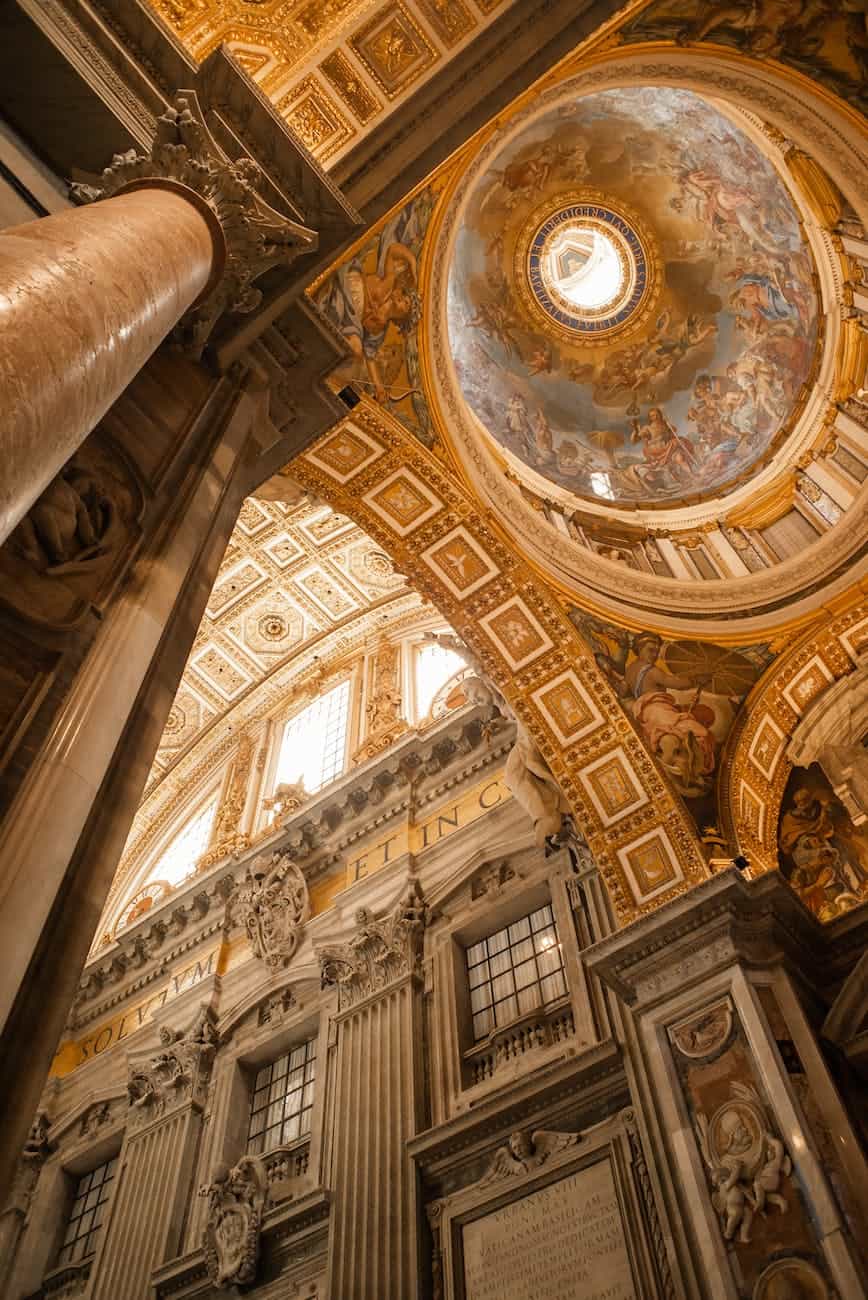
Embarking on Your Own Vatican City Pilgrimage
Planning a Vatican City pilgrimage may seem daunting, but in reality, it’s a well-trodden path with a range of options to suit different preferences. Whether you’re a seasoned traveller seeking a physical challenge or a spiritual seeker longing for a meaningful experience, there’s a pilgrimage route for you.
From the classic Via Francigena that winds its way through picturesque landscapes and historical towns to the Camino di Francesco honouring St. Francis of Assisi’s legacy, these routes offer a chance to connect with history and spirituality.
With varying durations and difficulty levels, you can choose a route that aligns with your time and physical capabilities.
Key Vatican City Pilgrimage Sites:
- St. Peter’s Basilica: One of the world’s largest and most renowned churches, St. Peter’s Basilica is considered a major pilgrimage destination. It houses the tomb of St. Peter, one of Jesus’ apostles, and is known for its stunning architecture and numerous artistic masterpieces, including Michelangelo’s famous sculpture, the Pietà.
- St. Peter’s Square: The expansive square in front of St. Peter’s Basilica is where many papal events and ceremonies occur. Pilgrims gather to attend papal audiences, blessings, and other significant religious events.
- Vatican Museums: The Vatican Museums house an extensive collection of art and historical artefacts collected by the Roman Catholic Church over centuries. The museums are home to works by renowned artists such as Leonardo da Vinci, Raphael, and Michelangelo, including the iconic ceiling of the Sistine Chapel.
- Sistine Chapel: The Sistine Chapel is famous for its exquisite frescoes, including Michelangelo’s breathtaking depiction of the Creation of Adam on the ceiling. It is also where papal conclaves are held to elect a new pope.
- Vatican Gardens: The Vatican Gardens are a collection of meticulously landscaped areas within Vatican City that offer a peaceful and reflective environment for pilgrims.
- Papal Audience: Attending a papal audience is a significant part of the pilgrimage experience. The Pope addresses the gathered pilgrims with teachings, blessings, and prayers.
Pilgrimage to the Vatican City is an important spiritual journey for many Catholics and individuals of other faiths drawn to the historical and religious significance of the sites within its borders. It’s an opportunity for reflection, prayer, and a sense of connection to the history and traditions of the Catholic Church.
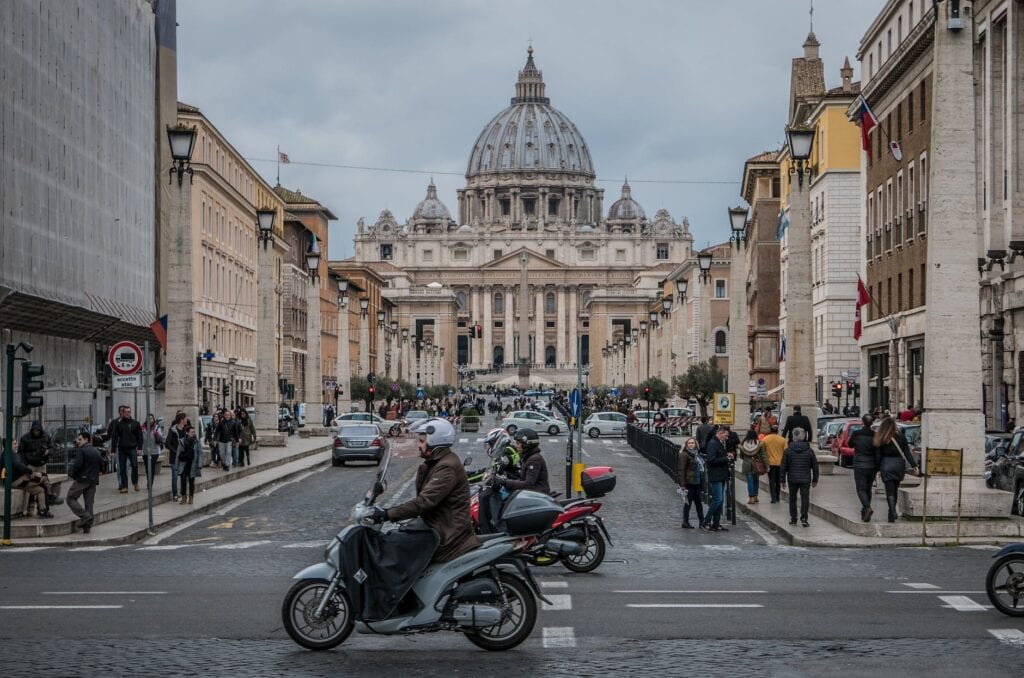
Vatican City Pilgrimage Routes From Europe
Nowhere days we have such easy access to pilgrimage destinations. We can fly, go by rail or road. However, this didn’t always used to be the case. Making a pilgrimage was a mammoth task and required walking, sometimes for several weeks or months, to achieve your pilgrimage.
Several traditional pilgrimage routes lead to Vatican City, each with unique historical significance and cultural experience. Here are several examples for those who wish for a more physically challenging Vatican City pilgrimage:
Via Francigena:
Duration: Approximately 1 to 3 months, depending on the starting point and walking pace.
Route Explanation: The Via Francigena is an ancient pilgrimage route in Canterbury, England. It passes through France, Switzerland, and Italy before reaching Rome and, ultimately, the Vatican City. The route covers a distance of around 1,200 to 1,800 miles (1,900 to 2,900 kilometres).
Pilgrims on this route follow the footsteps of medieval pilgrims and traders, experiencing diverse landscapes, historical towns, and cultural sites. The Italian section of the trail passes through Tuscany, Lazio, and other regions, offering a rich experience of Italy’s countryside and heritage.
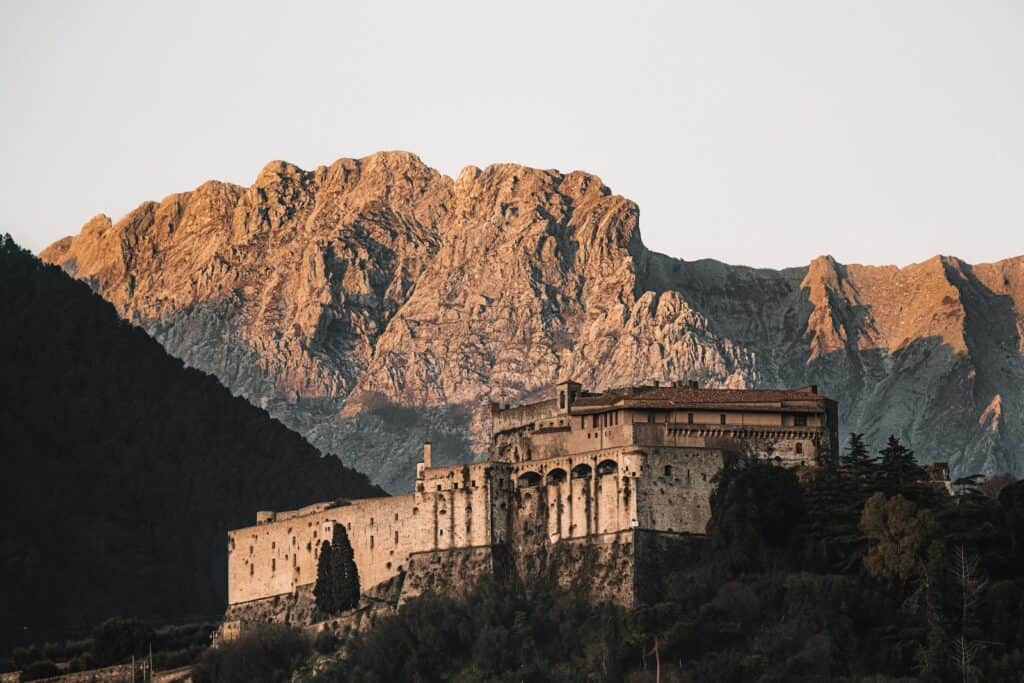
Camino di Francesco (St. Francis Way):
Duration: Approximately 15 to 30 days, depending on the starting point and walking pace.
Route Explanation: The Camino di Francesco is a pilgrimage route inspired by the life of St. Francis of Assisi, one of the most beloved saints in the Catholic tradition. The course begins in Florence, Italy, and passes through various towns and landscapes associated with St. Francis, including his birthplace in Assisi.
Pilgrims journey through the picturesque landscapes of Tuscany and Umbria, experiencing historical sites, Franciscan sanctuaries, and the spiritual legacy of St. Francis. The route concludes in Rome, where pilgrims can continue to the Vatican City to complete their journey.
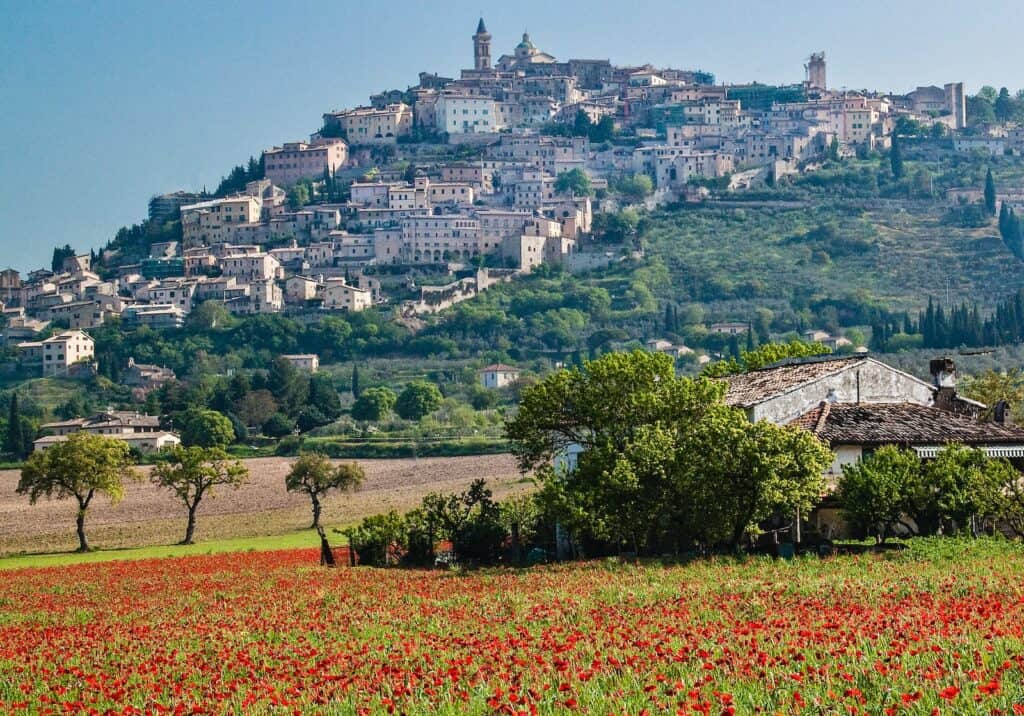
Via degli Dei (Way of the Gods):
Duration: Approximately 5 to 7 days.
Route Explanation: The Via degli Dei is a shorter pilgrimage route that connects the cities of Bologna and Florence in Italy. The trail passes through the Apennine Mountains, offering stunning views of the Italian countryside and a mix of natural beauty and historical sites. It’s a relatively moderate hike for those seeking a shorter pilgrimage experience.
Way of St. Benedict:
Duration: Approximately 8 to 10 days.
Route Explanation: The Way of St. Benedict is a pilgrimage route that traces the life and legacy of St. Benedict of Nursia, the founder of the Benedictine monastic order. Starting in Norcia, Italy, where St. Benedict was born, the route takes pilgrims through picturesque landscapes of central Italy, passing through historical towns and monastic sites associated with the saint’s life and teachings.
Pilgrimage from Assisi:
Duration: Approximately 15 to 20 days.
Route Explanation: This pilgrimage route starts in Assisi, the birthplace of St. Francis of Assisi, and makes its way through the regions of Tuscany and Lazio, ending at the Vatican City. Pilgrims on this route can visit various Franciscan sanctuaries, towns, and religious sites that reflect the spiritual journey of St. Francis and his impact on the Catholic faith.
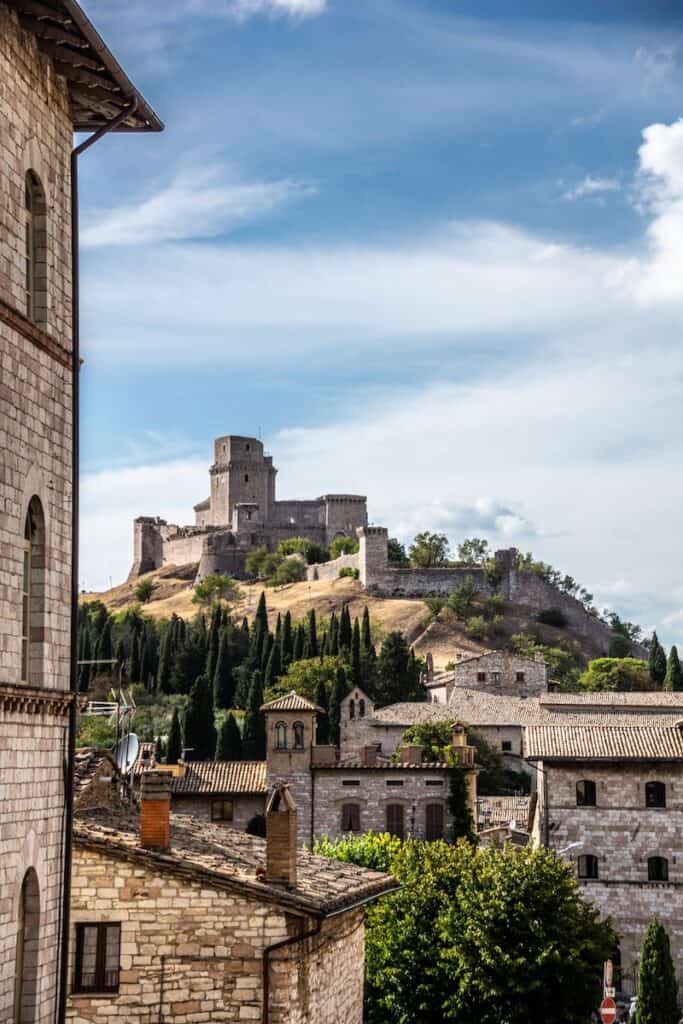
Pilgrimage from Loreto:
Duration: Approximately 20 to 25 days.
Route Explanation: Starting in the town of Loreto, which houses the Basilica della Santa Casa (Basilica of the Holy House), a revered Marian shrine, this pilgrimage route takes pilgrims through the regions of Marche, Umbria, and Lazio. It offers a combination of cultural, spiritual, and natural experiences, with a focus on the veneration of the Virgin Mary.
Pilgrimage from Canterbury:
Duration: Approximately 3 to 5 months.
Route Explanation: Similar to the Via Francigena, this pilgrimage route begins in Canterbury, England, and crosses through France, Switzerland, and Italy before reaching the Vatican City. It follows an ancient path that was once travelled by pilgrims and travellers, providing a diverse range of cultural experiences and historical landmarks.
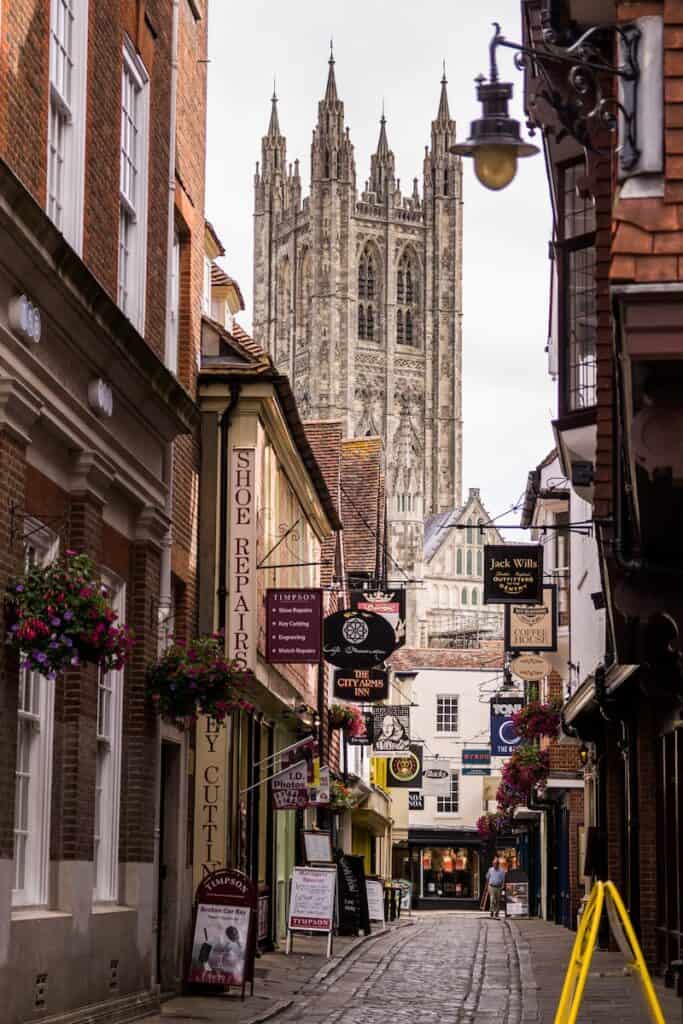
Vatican City Pilgrimage: Conclusion
Each pilgrimage route offers a profound spiritual experience, a physical challenge, and a connection to the historical and cultural heritage of the regions they traverse.
Pilgrims can walk, cycle, or even travel part of the way by other means, depending on their preferences and physical abilities.
Along the routes, pilgrims will find accommodations, support, and fellow travellers who share a similar sense of pilgrimage and spiritual journey. The final destination at the Vatican City is a culmination of these routes, providing a symbolic and significant conclusion to the pilgrimage experience.
- Which Countries Best Represent Our 5 Senses? – Beautiful, & Sensual Destinations
 Have you ever wondered which countries best represent our 5 senses? Our entire human experience is held in our sensory experience, and…
Have you ever wondered which countries best represent our 5 senses? Our entire human experience is held in our sensory experience, and… - The Best Sustainable Eco-Tourism Places to Stay in Mexico 2024 – Beautiful & Unique Stays
 Looking for the Best Eco-Tourism Places to Stay in Mexico? Well, we have got you covered. After all, we are in 2024,…
Looking for the Best Eco-Tourism Places to Stay in Mexico? Well, we have got you covered. After all, we are in 2024,… - Can Solo Travellers Safely Explore India? An Ultimate Guide!
 So, can solo travellers safely explore India? We are here to help you answer that question. India is definitely a mixed bag!…
So, can solo travellers safely explore India? We are here to help you answer that question. India is definitely a mixed bag!… - How To Plan an Epic Budget-Friendly Trip to Southeast Asia
 Are you looking for tips on how to plan a budget-friendly trip to Southeast Asia? We’ve got you covered. Budget travel is…
Are you looking for tips on how to plan a budget-friendly trip to Southeast Asia? We’ve got you covered. Budget travel is… - Sustainable Tourism Options in Mexico – An Implementation of Hope
 Are you wondering if there are sustainable tourism options in Mexico? Well, the answer is yes, absolutely! Mexico is forthcoming in sustainable…
Are you wondering if there are sustainable tourism options in Mexico? Well, the answer is yes, absolutely! Mexico is forthcoming in sustainable… - Exploring the Impact of Tourism on Culture: A Global Perspective
 What is the true impact of tourism on culture? As travellers, we are often enchanted by the allure of exploring new cultures…
What is the true impact of tourism on culture? As travellers, we are often enchanted by the allure of exploring new cultures…

